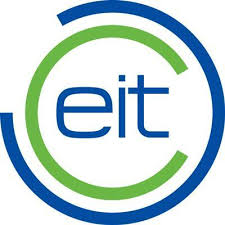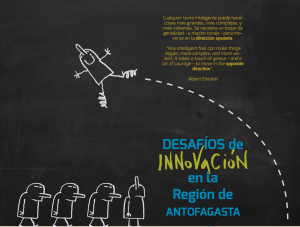 A reflection of the almost finished year: at the same time that the Cotec Foundation for Innovation celebrated its “the must” spring event, near Seseña a tyre bonfire was burning full flame. Those lost tyres could have become a business opportunity, an important service for our community and to the environment. Since the 70s the MIT professor Nichols Ashford, and more recently, Andrea Renda, from the CEPS European think tank, find evidence that an adequate regulation can create innovation, particularly to face the grand societal challenges. On the contrary, an inappropriate regulation can not only worsen the emerging opportunities, but prevent the potential innovators, professionals and entrepreneurs to innovate at all.
A reflection of the almost finished year: at the same time that the Cotec Foundation for Innovation celebrated its “the must” spring event, near Seseña a tyre bonfire was burning full flame. Those lost tyres could have become a business opportunity, an important service for our community and to the environment. Since the 70s the MIT professor Nichols Ashford, and more recently, Andrea Renda, from the CEPS European think tank, find evidence that an adequate regulation can create innovation, particularly to face the grand societal challenges. On the contrary, an inappropriate regulation can not only worsen the emerging opportunities, but prevent the potential innovators, professionals and entrepreneurs to innovate at all.
But as institutions are bearers of history, people are the wheels of the future. For example, the European Commission, has put into practice the so called innovation deals, using as a reference the previous Dutch experiences. It is refreshing to see an economic commissioner taking control over a directorate-general, usually ruled by the scientific logic. This combination of regulation and risk taking must be completed with a clear performance-oriented goal, because if something positive can be extracted from this crisis, is precisely the invitation for all of us, individuals and institutions, to rethink our previous stance, and go further than the established.
However, if all the innovations are novelties, not every novelty is innovation. In Spain, we embraced the United Kingdom model and the Business Innovation and Skills, but its application to the Economy hasn´t been able so far to achieve a new social agreement for innovation and science. The investment for our Spanish model of R&D+innovation will have another four years’ opportunity. No one will be able to say that two terms in office aren´t enough, and that they didn´t have the opportunity to think about the non-achieved objectives and how to get back on track. As Oscar Wilde said: “There is no such thing as a moral or an immoral book, books are well written or badly written”…
Read to the full article in Spanish in Cinco Días
 1. Introduction
1. Introduction The co-founder of IFI, Totti Könnölä co-authored the European Foresight Platform brief on the foresight programme, of which overall objective was to enhance innovation-driven sustainable economic development of the Antofagasta region in Chile. The main purposes of the foresight
The co-founder of IFI, Totti Könnölä co-authored the European Foresight Platform brief on the foresight programme, of which overall objective was to enhance innovation-driven sustainable economic development of the Antofagasta region in Chile. The main purposes of the foresight Innovation and entrepreneurship are key drivers for economic growth and competitiveness. While recent policies also aim at promoting sustainability and better governance, many analysts have pointed to Europe’s inability to create a suitable environment in which a vivid entrepreneurial culture could flourish.
Innovation and entrepreneurship are key drivers for economic growth and competitiveness. While recent policies also aim at promoting sustainability and better governance, many analysts have pointed to Europe’s inability to create a suitable environment in which a vivid entrepreneurial culture could flourish.